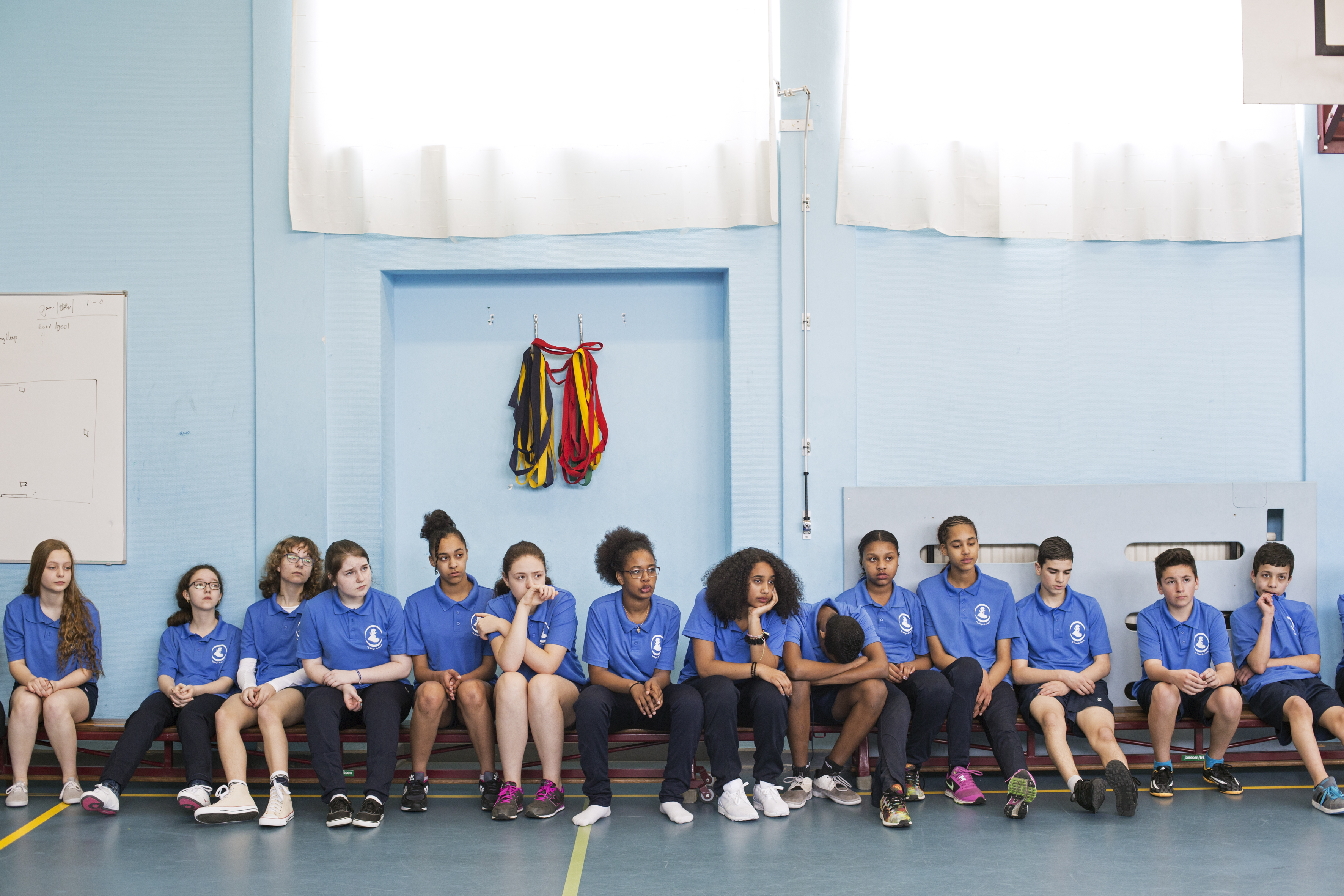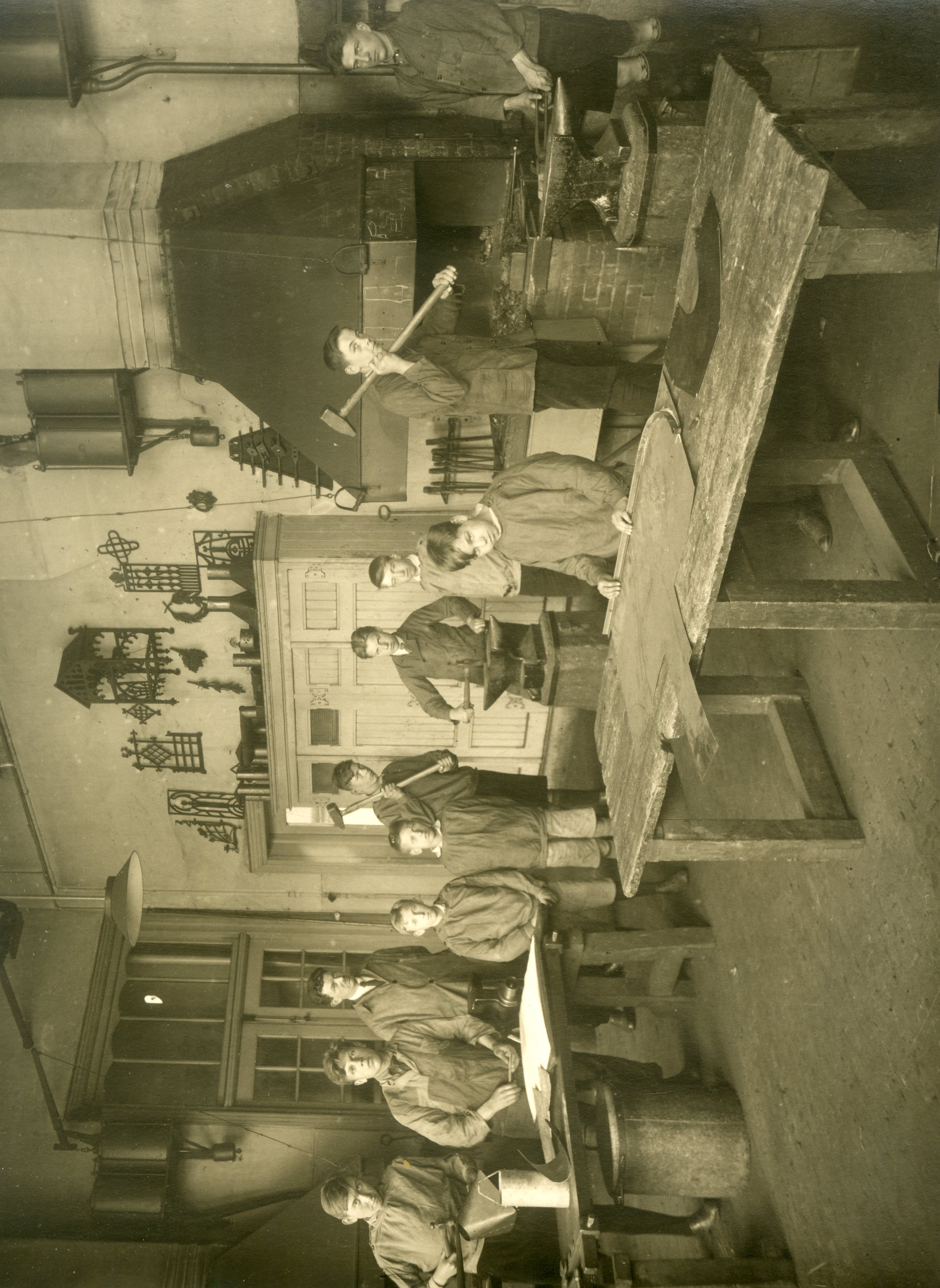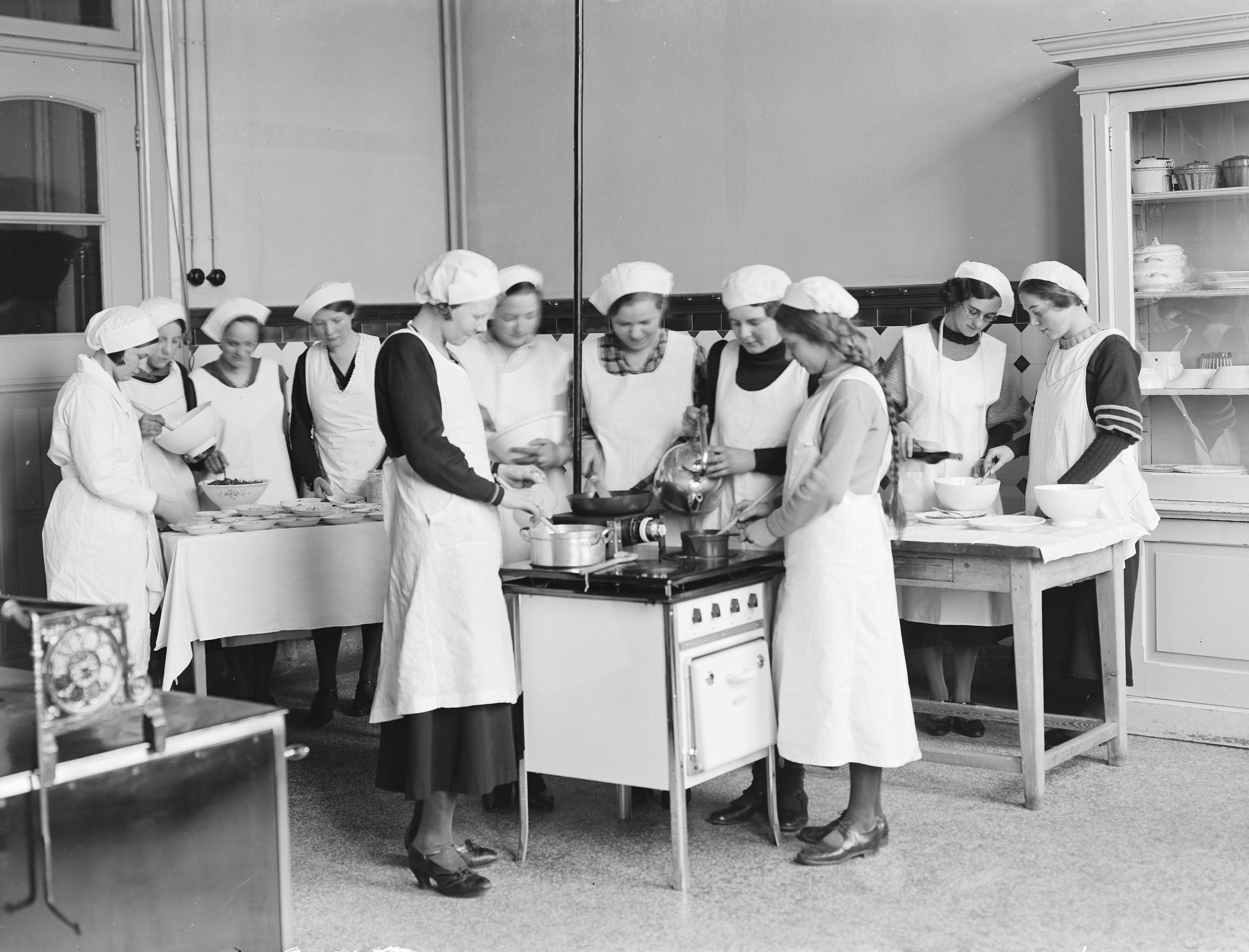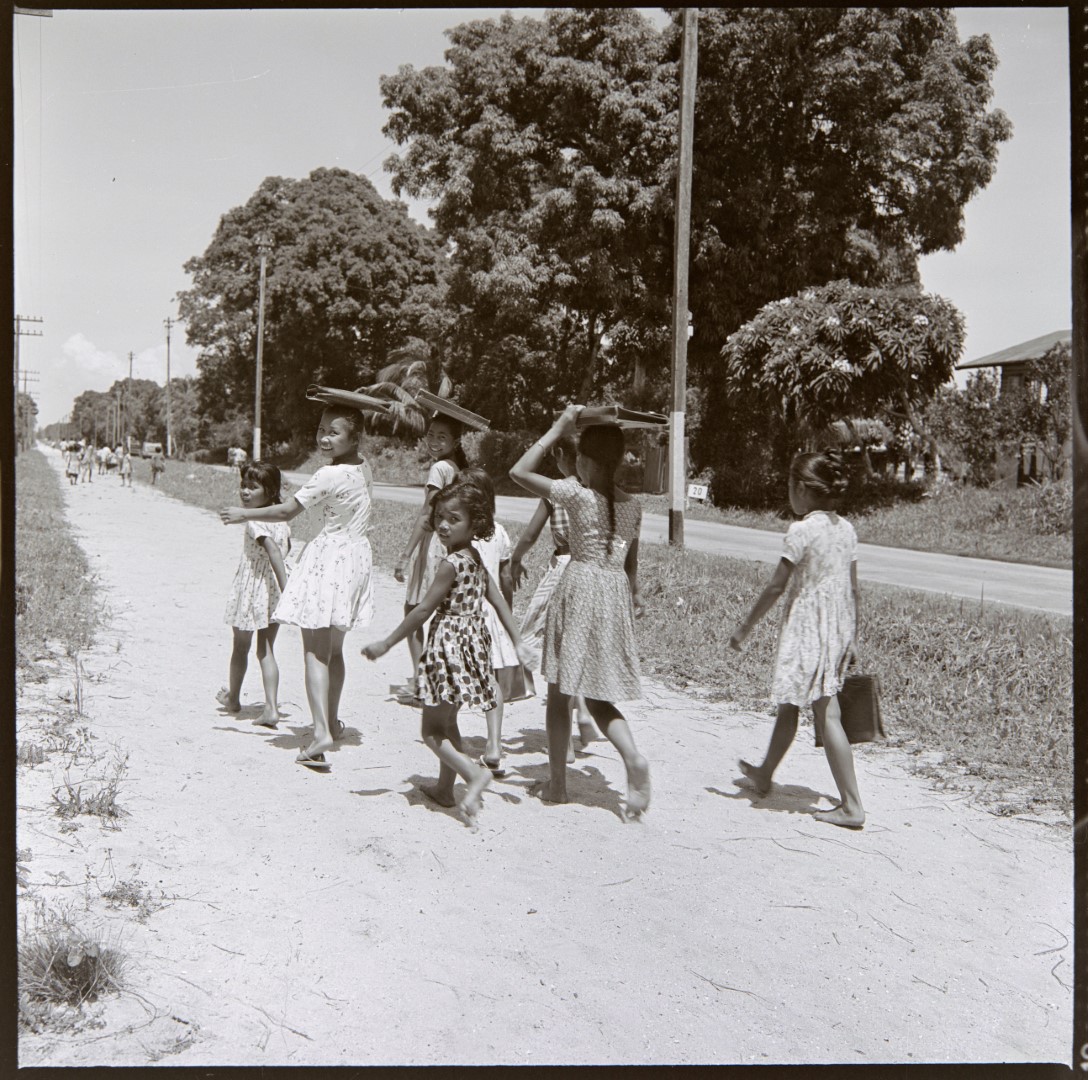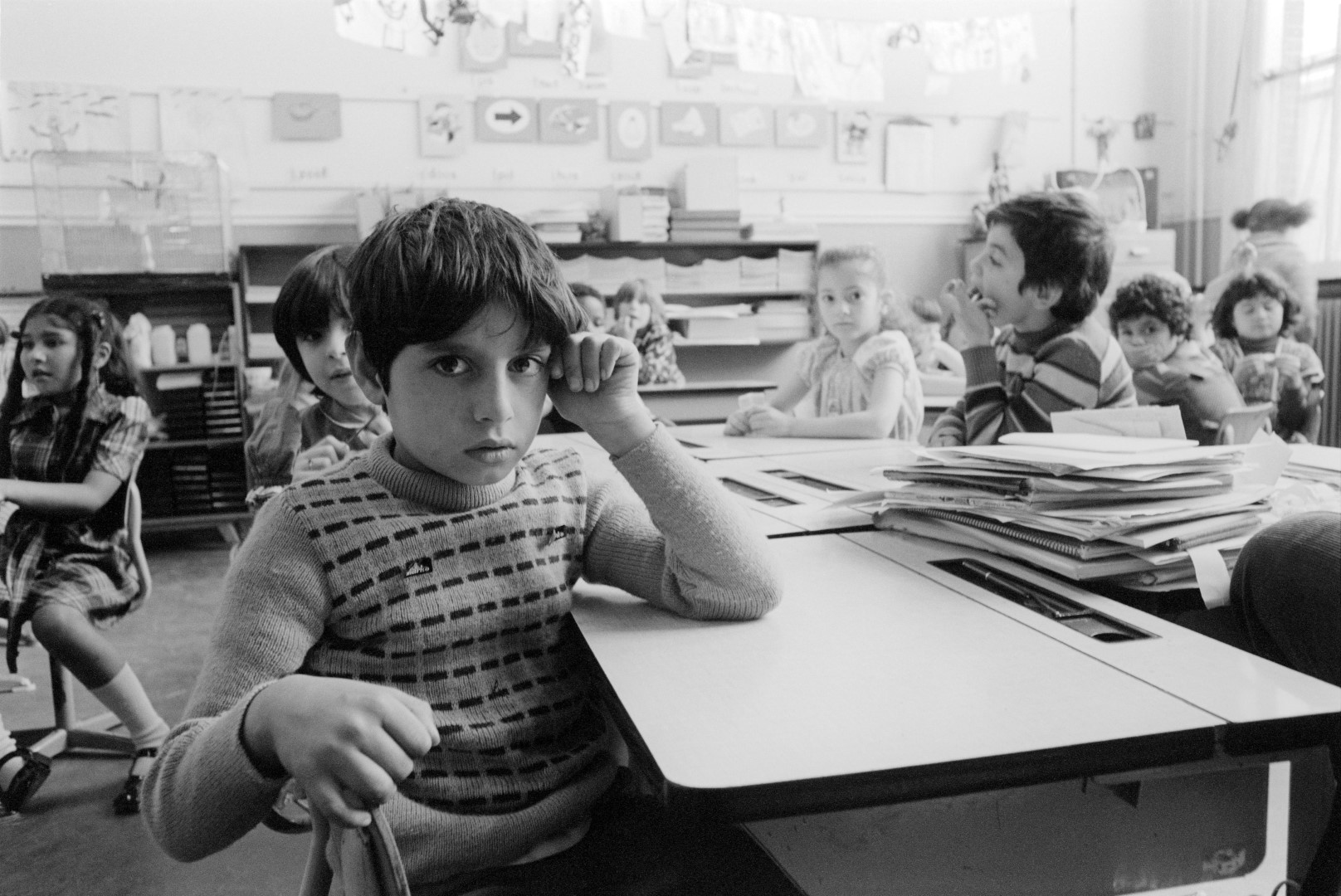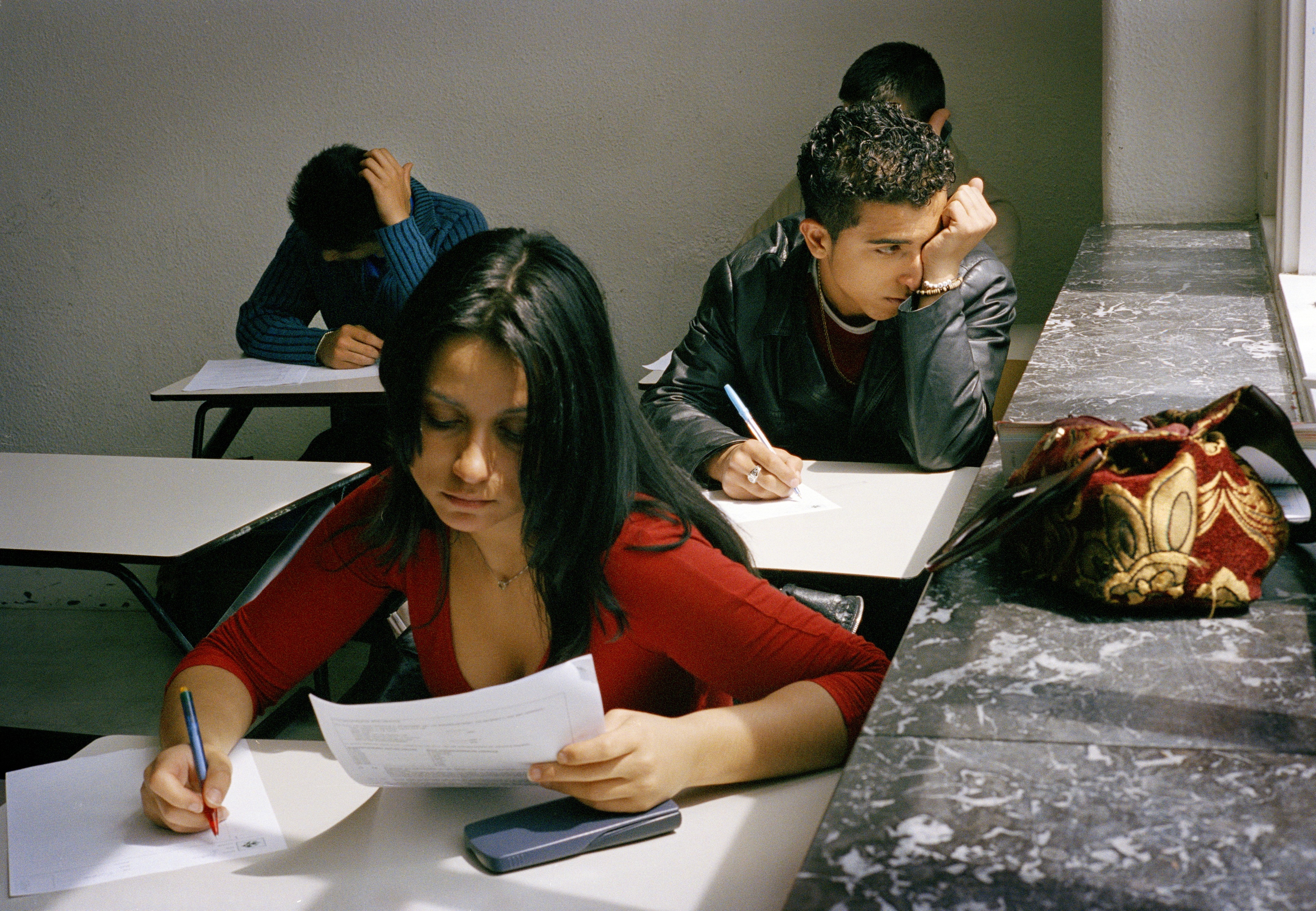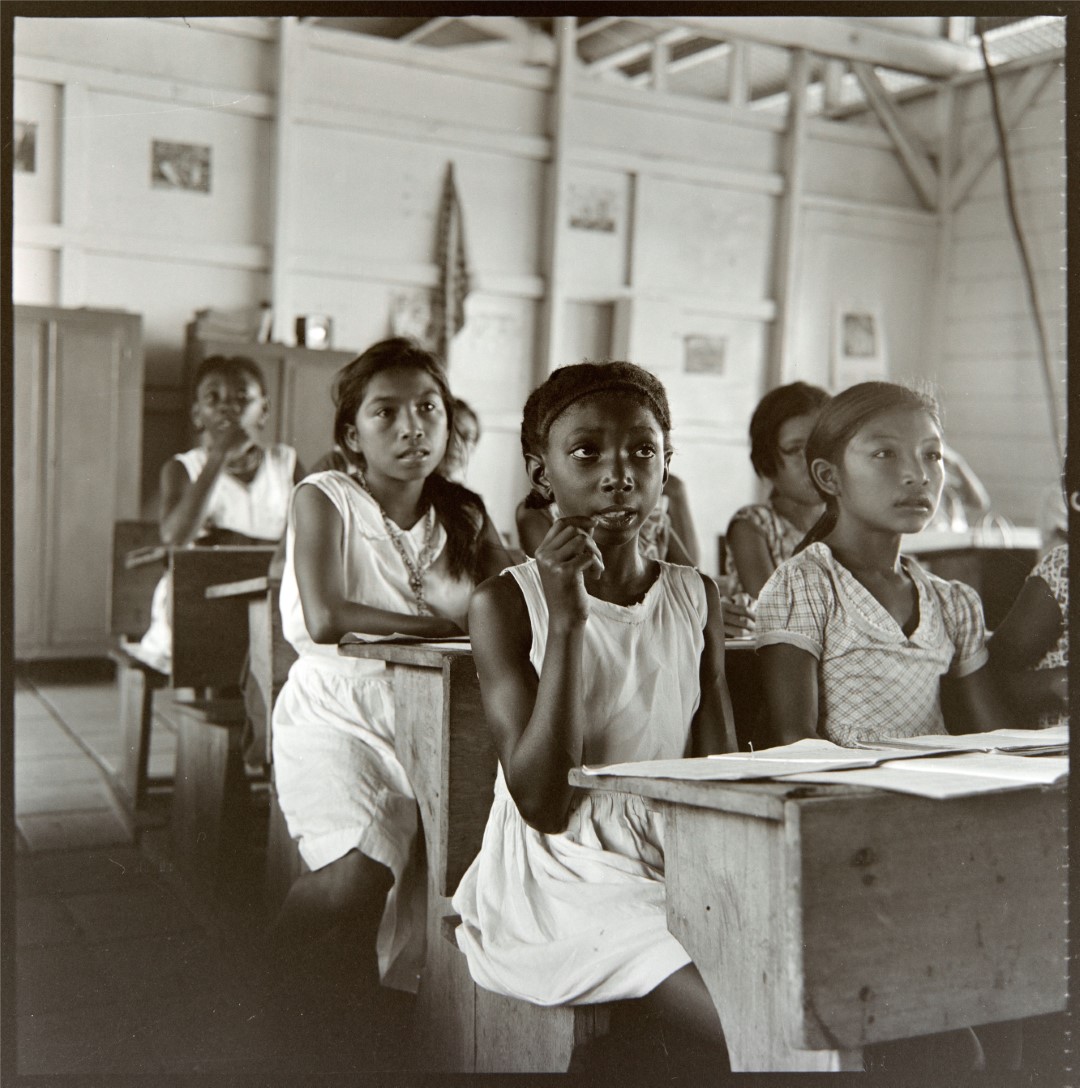The exhibition brings together historical photographs by, among others, Eva Besnyö (1910-2003), Fred Fischer (1905-1981), Cas Oorthuys (1908-1975), Willem van de Poll (1895-1970) and Jutka Rona (1934-2016) and works by contemporary photographers, including Reinier Gerritsen (1950), Justin Jin (1974), Ellen Kok (1958), Martine Stig (1972) and Raimond Wouda (1964), including commissioned and self-initiated projects.
School as a place for progress and emancipation
Looking at 150 years of photographs taken in schools in the Netherlands, the overseas territories and the former colonies provides a fascinating picture of progress, emancipation and changing views of education. Blackboards and chalk have been replaced by interactive whiteboards, and the slate has made way for the laptop. We see a shift from the all-knowing teacher who is in charge to pupils who have to take control of their own learning process. We witness the changing relationship between teacher and pupil. The teacher, who is now more often a woman, has moved from the front to the middle of the classroom. The pupils also move more freely through the space and seem to appropriate the school as a place where they spend the day. They are more likely to respond to the teacher and demonstrate if they disagree with something.
What has not changed and what was highlighted during the coronavirus crisis is that schools, despite all the technology that make distance learning possible, is indispensable as a physical meeting place for a healthy society.
Vocational education
Various forms of vocational education have a prominent place in the exhibition. This is a conscious choice by the guest curator, Dirk Kome: ‘We should no longer speak in terms of lower and higher streams of education. Everyone has their own talent, which should be appreciated by society.’ We see photographs taken in junior technical schools, where young people work on cars, or study for a career in agriculture, highlighting the current severe shortages in candidates for the practical professions.
Back in time
The exhibition also features a selection of photographs of school interiors and exteriors from the 19th and early 20th centuries: a group of children playing in a school playground in 1890 captured by Jacob Olie (1834-1905), food being served at a school on Alberteimsplein in The Hague, a large group of children lining up for school in Kladar (New Guinea), a Roman Catholic mission school in Paramaribo (Suriname), and a group of boys wielding hammers in the blacksmith shop at a time when boys were trained to practice the same trade as their fathers.
Participating photographers
Muriël Agsteribbe, Marcel Antonisse, Herbert Behrens, Eva Besnyö, Blommers en Schumm, Rob Bogaerts, Theo Bos, Dieuwertje Bravenboer, Charles Breijer , Thijmen van de Burgt, Prins Claus, Martien Coppens, Violette Cornelius, Rees Diepen, Bernard F. Eilers, Jan van Eyk, Fred Fischer, Gerard P. Fieret, Abraham Favier, Julian Germain , Reinier Gerritsen, Ben Hansen, Robert de Hartogh, Carel van Hees, Taeke Henstra, Herman Heukels en Bart Hofmeester , Henk Hilterman, Cuny Janssen, Nico Jesse, Justin Jin, Marijn de Jong, Ata Kandó, Neville Keasberry, Ellen Kok, Dirk Kome, Christian van der Kooy, Ron Kroon, Dolf Kruger, Boy Lawson, Henk Lindeboom, Dana Lixenberg, Philip Mechanicus, Harry Meijer, Theo Meijer, Oscar de Milliano, Bart Molendijk, Bert Nienhuis, Jacob Olie , Cas Oorthuys, Willem van de Poll, Bartie Pouw, Jutka Rona, Wim van Rossem, Daan Scholte, Hans Spies, Martine Stig, Margriet Stuijt, Gilleam Trapenberg, Kees van de Veen, Bert Verhoeff, Hannes Wallrafen, Ad Windig, Hans Wolf, Raimond Wouda, Peter van Zoest, d/Arch, Volendam, Foto Huizinga, Stadskanaal, Fotostudio Soublette et Fils, Fotograaf Polygoon, Heidemij.
Searching for class portraits from 1865 to 2023
An important part of the exhibition is one of the most famous school rituals: the class portrait. Our aim is to show an overview of class portraits taken between 1865 and 2023 with the widest possible geographical range. In addition to class portraits from the Netherlands, we want to include examples from primary and secondary schools in Aruba, Bonaire, Curaçao, the Dutch East Indies, New Guinea, Saba, Sint Eustatius, Sint Maarten and Suriname during the time when these territories were part of the Kingdom of the Netherlands.
Our survey is not yet complete, and we are asking for help from the public. In particular we are missing class portraits from the period around the Second World War and from 1990 to 2023. Do you have a class portrait you would like to share with us for this project? If so, you can email it to school@fmdh.nl with the subject line: Class portrait. A selection will be made from the submissions.
